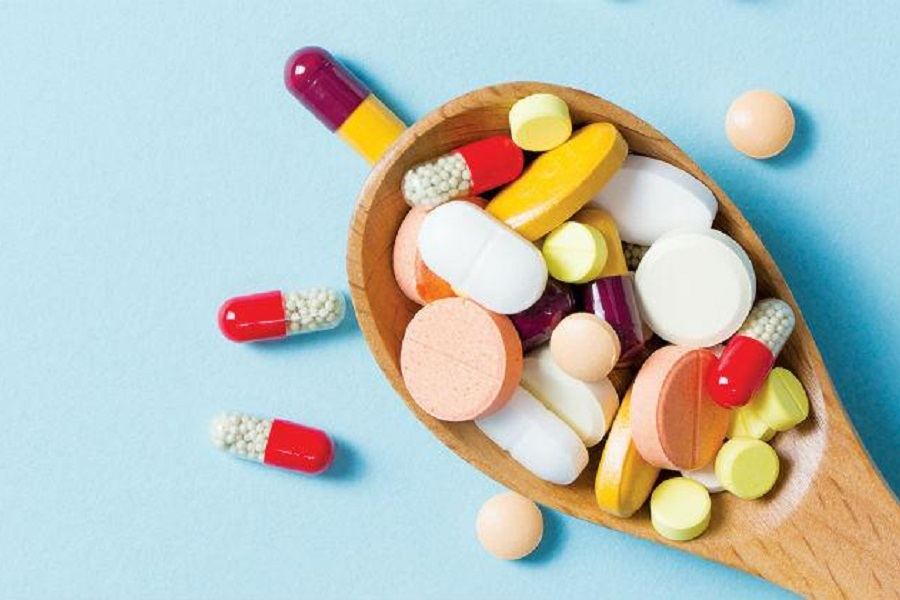Obesity has been recognized as a worldwide epidemic. According to the World Health Organization (WHO), the prevalence of obesity has nearly tripled in the past 40 years.
Obesity can lead to many related diseases, such as cardiovascular disease, type 2 diabetes, hypertension and cancer, and even depression and social discrimination.
There are many reasons for obesity, for example, genetics is one of them. It is said that if one parent “has” obesity, the probability of their children being obese is close to 50%, and if both parents are obese, the probability of their children being obese is as high as 80%.
Poor diet is another factor that contributes to obesity and is considered a major factor. If you prefer high-fat, high-calorie foods in your diet, it means you are not far from obesity. High-fat, high-calorie foods tend to have very little dietary fibers (DFs).
Dietary fiber is a type of non-starchy polysaccharide, including some fruits and whole grains, which can help increase satiety and reduce energy intake to reduce obesity. And because energy is not increased, blood sugar will not increase, reducing the incidence of diabetes.
In addition, dietary fiber can absorb bile acids, reduce the absorption of fat and cholesterol, and reduce the risk of coronary heart disease. DFs can be synthesized into short-chain fatty acids in the body, which is beneficial to the growth of intestinal probiotics. DFs swell with water and promote intestinal peristalsis, which accelerates the excretion of metabolic wastes in the body.
Deduced from the evolutionary history of humans, the human gastrointestinal system (GI) has adapted to the intake of high-fiber foods. And now a shift from a diet rich in fruits and vegetables to a diet high in animal protein and refined foods is also partly responsible for the obesity epidemic.
The prevention and treatment of obesity often starts from the diet, and increasing the intake of vegetables and fruits is an effective dietary intervention for obese patients. Because vegetables and fruits are not only rich sources of vitamins, minerals and phytonutrients that can help people reduce calories, it is mainly due to the fact that plants are rich in DFs and contain high water content.
Although so much has been said, some people still say: “Exercise and diet, the concubine can’t do it.” Needless to say, exercise needs to control the staple food and limit pure sugar and sweets. How does this make milk tea girls live? It doesn’t matter, we have a more scientific way to lose weight.
Recently, a research team from the University of Salento in Italy published a research paper titled “Biomimetic cellulose?based superabsorbent hydrogels for treating obesity” in the journal “scientific reports”, reporting for the first time a generally recognized safety (Generally Recognized as Safe, GRAS) biomimetic cellulose superabsorbent gel approach for the treatment of obesity.
For exercise and dieting that require a lot of time and self-control, researchers are committed to designing a hydrogel that only needs to be taken orally, which is directly beneficial to weight control. This unabsorbed hydrogel can both reduce the calorie density of meals while increasing the elasticity of ingested foods like raw vegetables.
To this end, the research team developed a technology platform for cellulose-based superabsorbent hydrogels (CB-SAHs).
The researchers designed based on the basic composition and structural characteristics of vegetables, while endowing the hydrogel with its unique high water absorption, enabling it to meet the two key requirements of ease of use and practicality at the same time. This is also the first reported GRAS-grade edible high water absorption technology.
The researchers selected the most suitable samples for further development by studying the synthesized CB-SAHs with different elastic levels. Next, the absorption, elasticity and mechanical properties of CB-SAHs were evaluated under simulated gastrointestinal conditions, and it was found that, as expected, CB-SAHs had good absorption capacity and wider degradation.
Finally, the research team also used in vitro organ culture models to evaluate the potential impact of CB-SAHs on intestinal tissue health, and to test the safety and efficacy of these products. The most suitable and safe hydrogel for clinical use was finally determined.
So why can taking CB-SAHs orally before meals to increase satiety help weight control?
The researchers suggest a possible mechanism: The ingested capsule degrades rapidly in the stomach, releasing thousands of CB-SAHs particles.
Each granule becomes a small, calorie-free gel piece with the same elasticity as a raw vegetable.
Thousands of gel fragments mixed with ingested food, reducing the calorie density of the meal.
As gastric excretion pH decreases, CB-SAHs particles shrink and are more easily cleared from the stomach with food.
Upon entering the small intestine, the higher pH rehydrates the particles, adding bulk and elasticity.
When reaching the colon, similar to ingested vegetables, the gel fragments are partially degraded by enzymatic activity, releasing the entrained water, which is reabsorbed by the body, while the cellulosic material is excreted in the feces.
However, CB-SAHs cannot be used as a substitute for vegetables because they do not contain any micronutrients. This approach creates an oral, non-systemic weight management tool that works primarily through a mechanobiological mode of action.
During the time of publication of the paper, CB-SAHs products have been clinically studied in the United States and Europe, and have thus obtained regulatory approval. These suggest that for the treatment of overweight and obese patients, hydrogels can be used as an effective adjunct to weight management in combination with controlled diet and exercise.
It is worth noting that there is no limit to how long the hydrogel can be used, as this method has a good safety profile. In clinical studies, no serious adverse events occurred in the CB-SAH group.
CB-SAHs is still in the clinical research stage. Its advent will be a boon for many obese patients. Let us look forward to the surprises it will bring to us after its successful development!


